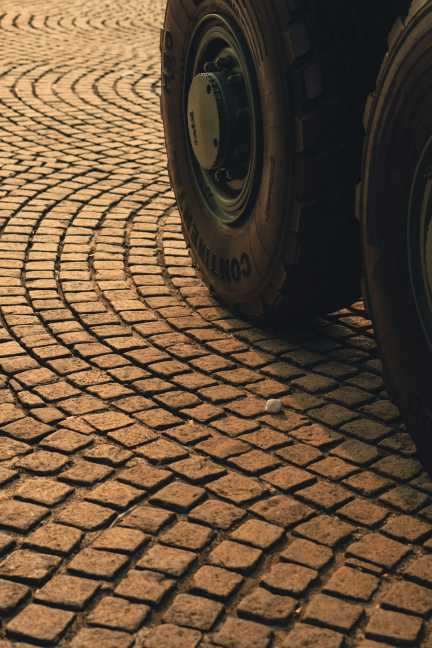Off-the-road (OTR) tires are a crucial component of heavy-duty vehicles and equipment used in industries such as construction, mining, and agriculture. When it comes to choosing the right OTR tires for your equipment, one of the key decisions you’ll have to make is between bias ply and radial tires. Understanding the difference between these two types of OTR tires can help you make an informed decision that will maximize the performance and longevity of your equipment.
Bias Ply OTR Tires
Bias ply OTR tires have been around for a long time and are still widely used in many applications. These tires are constructed with multiple layers of rubber-coated fabric cords that crisscross at a diagonal angle, forming a sturdy and durable casing. Bias ply tires are known for their strength and puncture resistance, making them a popular choice for rugged terrains and heavy loads.
One of the key advantages of bias ply OTR tires is their ability to carry heavy loads at low speeds. The sturdy construction of bias ply tires allows them to support the weight of heavy equipment and materials without compromising on stability. This is essential in industries such as mining and construction, where heavy loads are a common occurrence.
Another advantage of bias ply tires is their affordability. These tires are often more budget-friendly than their radial counterparts, making them an attractive option for businesses looking to save on costs. Additionally, bias ply tires are known for their easy repairability, as they can be patch repaired in the field without the need for specialized equipment.
However, bias ply tires also come with some disadvantages. One of the main drawbacks of bias ply tires is their limited tread life. The diagonal construction of bias ply tires can lead to uneven tread wear, reducing the overall lifespan of the tire. Additionally, bias ply tires are known for their lower fuel efficiency compared to radial tires, due to increased rolling resistance.
Radial OTR Tires
Radial OTR tires are a newer development in tire technology and have gained popularity in recent years. These tires are constructed with multiple layers of rubber-coated steel belts that run perpendicular to the tread, forming a strong and flexible casing. Radial tires are known for their superior traction, fuel efficiency, and overall performance on various terrains.
One of the key advantages of radial OTR tires is their longer tread life. The steel belt construction of radial tires allows for more even tread wear, extending the lifespan of the tire and reducing the frequency of replacements. This can result in cost savings for businesses in the long run, as they won’t have to replace tires as frequently as with bias ply tires.
Another advantage of radial tires is their enhanced fuel efficiency. The flexible construction of radial tires reduces rolling resistance, allowing for smoother and more efficient movement of the equipment. This can lead to significant fuel savings over time, making radial tires a more cost-effective option for businesses looking to maximize performance and reduce operating costs.
However, radial OTR tires also come with some drawbacks. One of the main disadvantages of radial tires is their higher upfront cost compared to bias ply tires. This can be a significant investment for businesses, especially those operating on a tight budget. Additionally, radial tires may not be as puncture-resistant as bias ply tires, making them more susceptible to damage in rugged terrains.
In conclusion, understanding the difference between bias ply and radial OTR tires is essential for making an informed decision when choosing the right tires for your equipment. While bias ply tires are known for their strength and affordability, radial tires offer superior traction, fuel efficiency, and overall performance. Ultimately, the choice between bias ply and radial tires will depend on your specific needs and budget constraints. Whichever type of OTR tires you choose, proper maintenance and care will ensure the longevity and optimal performance of your equipment.
To learn more, visit us on:
Green Tire Group | Grandview, TX, USA | Sustainable Solutions for OTR Tires & Rubber Mulch
https://www.greentiregroup.com/

